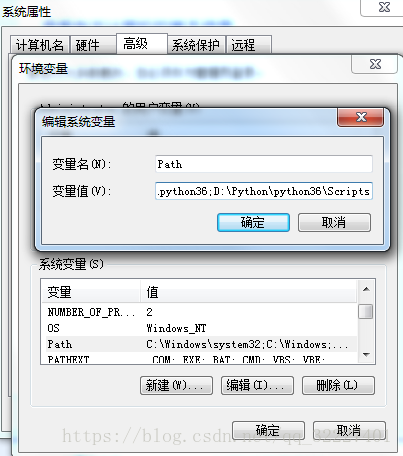Python单体模式的几种常见实现方法详解
本文实例讲述了Python单体模式的几种常见实现方法。分享给大家供大家参考,具体如下:
这里python实现的单体模式,参考了:https://stackoverflow.com/questions/1363839/python-singleton-object-instantiation/1363852
一、修改父类的 __dict__
class Borg:
_shared_state = {}
def __init__(self):
self.__dict__ = self._shared_state
class Singleton(Borg):
def __init__(self, name):
super().__init__()
self.name = name
def __str__(self):
return self.name
x = Singleton('sausage')
print(x)
y = Singleton('eggs')
print(y)
z = Singleton('spam')
print(z)
print(x)
print(y)
注意,这种方法实现的并非真正的单体模式!!
下面几种方法实现的才是真正的单体模式
二、使用元类
先看看这里关于元类的描述:
元类一般用于创建类。
在执行类定义时,解释器必须要知道这个类的正确的元类。解释器会先寻找类属性__metaclass__,如果此属性存在,就将这个属性赋值给此类作为它的元类。如果此属性没有定义,它会向上查找父类中的__metaclass__。如果还没有发现__metaclass__属性,解释器会检查名字为__metaclass__的全局变量,如果它存在,就使用它作为元类。否则, 使用内置的 type 作为此类的元类。
1. 继承 type,使用 __call__
注意__call__的参数
class Singleton(type):
_instance = None
def __call__(self, *args, **kw):
if self._instance is None:
self._instance = super().__call__(*args, **kw)
return self._instance
class MyClass(object):
__metaclass__ = Singleton
print(MyClass())
print(MyClass())
2. 继承 type,使用 __new__
注意__new__的参数
class Singleton(type):
_instance = None
def __new__(cls, name, bases, dct):
if cls._instance is None:
cls._instance = super().__new__(cls, name, bases, dct)
return cls._instance
class MyClass(object):
__metaclass__ = Singleton
print(MyClass())
print(MyClass())
3. 继承 object,使用 __new__
注意__new__的参数
class Singleton(object):
_instance = None
def __new__(cls):
if cls._instance is None:
cls._instance = super().__new__(cls)
return cls._instance
class MyClass(object):
__metaclass__ = Singleton
print(MyClass())
print(MyClass())
下面还有一个很巧妙的方法实现单体模式
使用类方法classmethod
class Singleton:
_instance = None
@classmethod
def create(cls):
if cls._instance is None:
cls._instance = cls()
return cls._instance
def __init__(self):
self.x = 5 # or whatever you want to do
sing = Singleton.create()
print(sing.x) # 5
sec = Singleton.create()
print(sec.x) # 5
更多关于Python相关内容可查看本站专题:《Python数据结构与算法教程》、《Python Socket编程技巧总结》、《Python函数使用技巧总结》、《Python字符串操作技巧汇总》及《Python入门与进阶经典教程》
希望本文所述对大家Python程序设计有所帮助。
